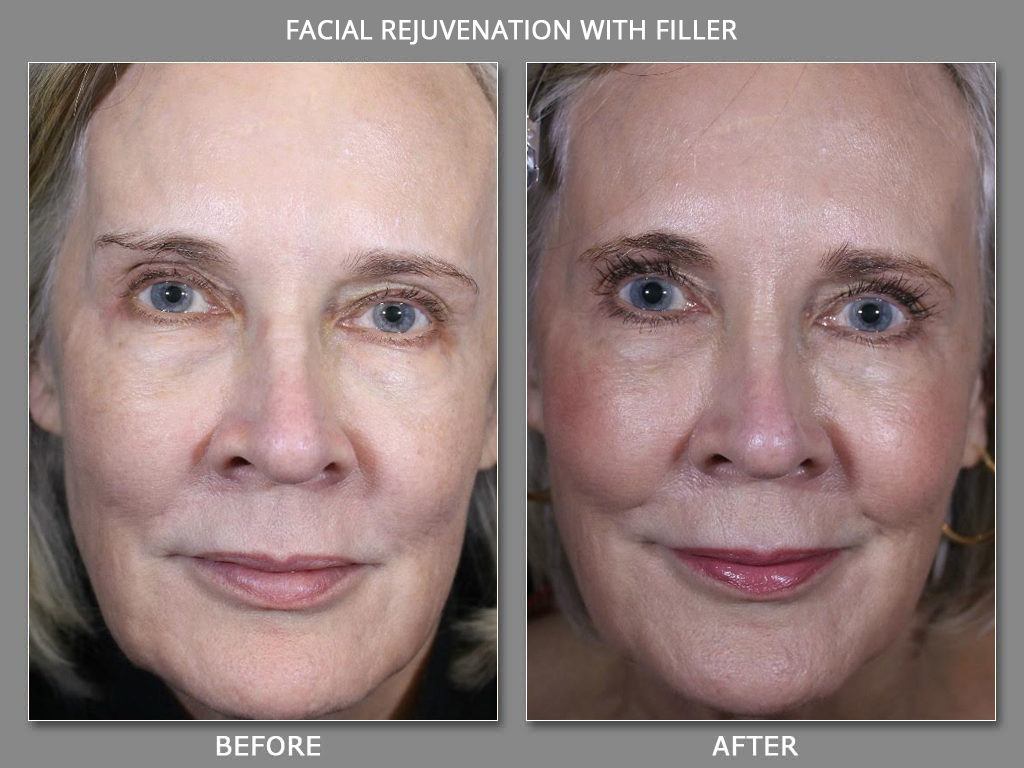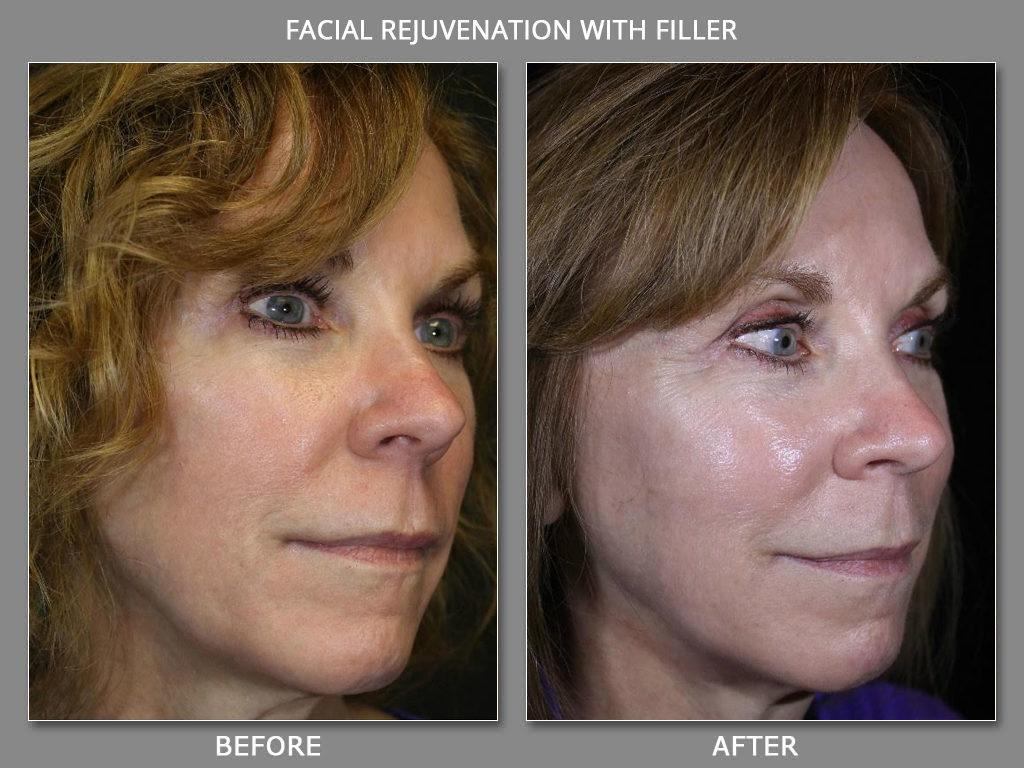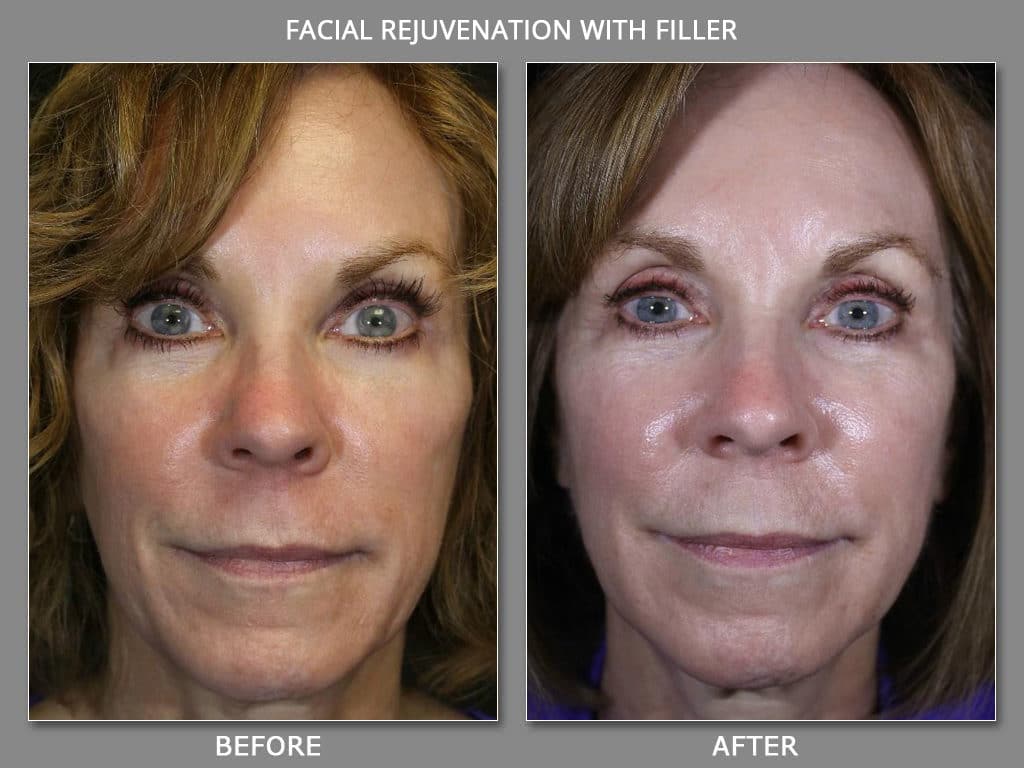Sculptra: An Amazing Long-Lasting Filler
Serving Denver, Broomfield, Westminster, Boulder, Arvada, and surrounding areas

No matter how much we diet and exercise, fat, bone, and muscle loss occur naturally as we age, starting as early as age 30. This fat and bone loss, especially around our eyes, forehead and cheeks make men and women look much older and more tired than their actual years. Sculptra helps fill these “deflated” areas of our face as it tightens and even brightens our skin. As the collagen synthesizes, Sculptra not only fills and lifts the deflated and sunken areas of our face, it actually helps your skin reflects more light, hence a truly brightening effect. Over the ensuing weeks, your face’s aging process will actually begin to reverse. The results are dramatic, yet because they take place over an eight week to six month period, they are gradual and very natural. If you’d like to learn more about how Sculptra can help you achieve a more youthful look, give us a call at 303.469.0064 or schedule an appointment for a free consultation with Dr. Janowski.
Quick Navigation
What is Sculptra?
Sculptra is a poly-L-lactic acid. Poly-L-lactic acid (PLLA)-based injectables were first approved by the FDA many years ago to correct facial fat loss is people with human immunodeficiency virus. In numerous studies, it has been proven that PLLA stimulates natural collagen production, creating volume over time at the site of the injection. PLLA is a string of lactic acid molecules. Lactic acid occurs naturally in the body, for example when we exercise strenuously. PLLA used in Sculptura is made in a lab but contains no animal products or human DNA.
Sculptra stimulates the body to create it’s own new collagen, resulting in a very natural increase in facial volume that lasts for up to two years or more in some cases! Gradual collagen synthesis – with effects realized starting at week six and showing continuing improvements up to month six – creates the most natural look of any filler. For this reason, it is known to be a celebrity favorite.
Sculptra was the approved in 2009 by the FDA for purely cosmetic purposes. It has been used widely however for more than a decade and has been used extensively in Europe. It is also approved in Canada and twenty other countries.
It is a favorite product of Dr. Janowski.
Helpful resources
What areas can be treated with Sculptra?
- Cheeks, to lift and improve contours
- Jawline to improve contours
- Recessed chin
- Raise the eyebrows
- Deep smile lines (nasolabial folds)
- Marionette lines
- Hollow temples
- Back of the hands
Dr. Janowski will inject Sculptura in many more areas than is done with other types of filler. Sculptra volumizes the entire face, not just treating single wrinkle lines as is the case with other fillers such as Juvederm and Restylane. Because of its transformative effect on the entire face, Sculptra is often referred to a “liquid facelift.” Together, you and Dr. Janowski will decide, yet typical areas include the temples, mid and upper check, jawline, chin and smile area, closer to the nose. Sculptura is not injected under the eyes or in the lips. Sculptra is often for deep correction – and can lift the face, fill in hollow temples, redefine a jaw line, and raise the eyebrows in the most natural way possible!
Clients tend to choose Sculptra instead of other more targeted fillers because they prefer a greater degree of volume replacement and/or because they want a more natural and gradual look. Also, there is much less maintenance once the initial series of treatments is completed. That said, traditional fillers are usually used to compliment Sculptura, especially to help create more youthful and full lips and help lift sunken eyes.

Before & after your Sculptra treatment
As with all injectables, we encourage you to discontinue use of aspirin, St. John’s Wort, Omega 3, high doses of Vitamin E, and anti inflammatories such as Aleve, Motrin, Advil, etc. for 10-12 days prior to treatment. This will help reduce any bruising, swelling, or bleeding that may occur at injection sites. If you take Aspirin for medical purposes, please continue use.
Although Sculptra is mixed with lidocaine – a local anesthetic – some studies reported that a few patients found the procedure somewhat painful. Although the vast majority of patients don’t need it, we can also apply a topical numbing cream about 45 minutes before the treatment. However, if you tend to be very sensitive, and have found other filler treatments especially painful, please let us know. We will take extra measurers to make your treatment as pain-free as possible.
There is very little downtime or recovery needed from a Sculptra treatment, and patients are usually able to resume normal daily activities immediately. Makeup can be applied within 15 minutes. Post-treatment common reactions have included swelling, bruising, redness, tenderness, itching, and discoloration at the injection site. These side effects resolve one to fourteen days post-treatment. Also, if you use anti-inflammatory drugs or aspirin there could be some bleeding or increased bruising at the injection site.
In order to get the most from your Sculptra treatment in our Broomfield, Colorado office, we recommend the 5x5x5 rule: The injected areas should be massaged gently using moisturizer for 5 minutes, 5 times a day, for 5 days. This will help the Sculptra distribute more evenly, giving you a more natural and youthful look.
How many Sculptra treatments will I need?
Because of its slower acting nature, Sculptra treatments are completed in a series of three or four visits, spaced six weeks apart. This helps you achieve the most natural and youthful look possible. Although there are immediate results post-injection, these tend to fade within 24-48 hours. Then, the long lasting results begin to kick-in, with dramatic effects starting around week six. Studies show that the results from Sculptra last at least two years. However, the collagen you produce lasts seven years or longer. Therefore, only because of the natural aging process would you require touch up treatments after two or three years.*
Before & after images




*Results may vary from patient to patient
